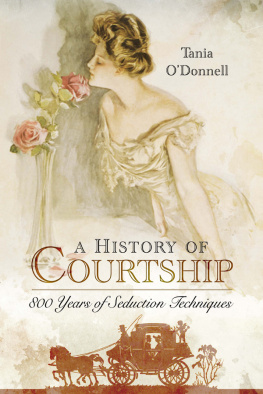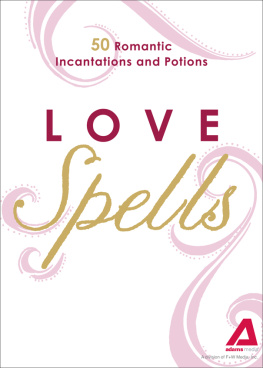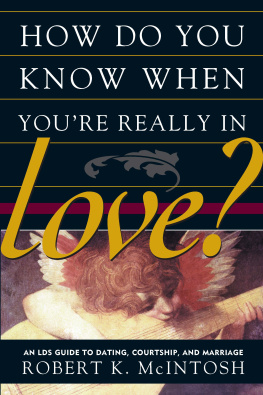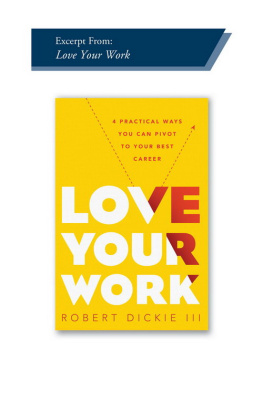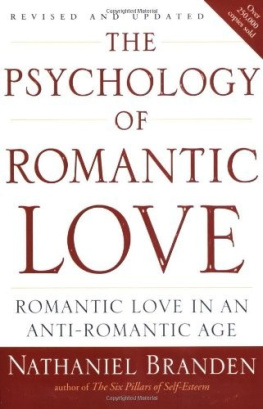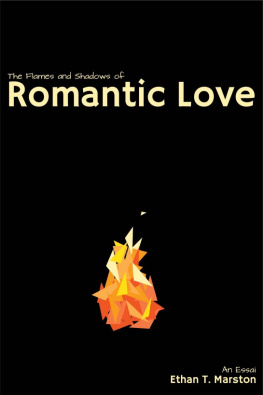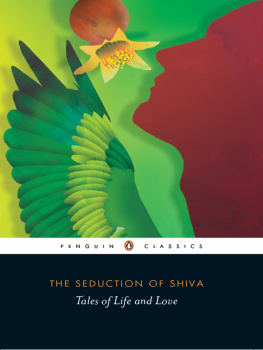
A History of Courtship
For Gary
My heart, pierced thro with fierce delight, Bursts into blossom in his sight.
(From Fatima by Alfred, Lord Tennyson)
A History of Courtship
800 Years of Seduction Techniques
Tania ODonnell
First published in Great Britain in 2017 by
Pen & Sword History
an imprint of
Pen & Sword Books Ltd
47 Church Street
Barnsley
South Yorkshire
S70 2AS
Copyright Tania ODonnell 2017
ISBN 978 1 78159 348 6
eISBN 978 1 47387 509 8
Mobi ISBN 978 1 47387 508 1
The right of Tania ODonnell to be identified as the Author of this Work has been asserted by her in accordance with the Copyright, Designs and Patents Act 1988.
A CIP catalogue record for this book is available from the British Library.
All rights reserved. No part of this book may be reproduced or transmitted in any form or by any means, electronic or mechanical including photocopying, recording or by any information storage and retrieval system, without permission from the Publisher in writing.
Pen & Sword Books Ltd incorporates the imprints of Pen & Sword Archaeology, Atlas, Aviation, Battleground, Discovery, Family History, History, Maritime, Military, Naval, Politics, Railways, Select, Transport, True Crime, Fiction, Frontline Books, Leo Cooper, Praetorian Press, Seaforth Publishing and Wharncliffe.
For a complete list of Pen & Sword titles please contact
PEN & SWORD BOOKS LIMITED
47 Church Street, Barnsley, South Yorkshire, S70 2AS, England
E-mail:
Website: www.pen-and-sword.co.uk
Acknowledgements
I d like to thank: my father, the novelist Hamraz Ahsan, for convincing me to write for a living; Jen Newby, formerly at Pen & Sword Books, for commissioning this book, for her superb editing skills and meticulous improvements to the manuscript; Dominic Allen for his beautiful book jacket design; Eloise, Heather, Lisa and all at Pen & Sword books for their patience, kindness, and hard work; Chelsey Fox for the loan of a wonderfully inspiring book; Emily Brand for her excellent History of Love blog ( http://historyofloveblog.wordpress.com );Meg Schultz for the use of her photo and her familys incredible story ( http://hpugh.blogspot.co.uk ), my family both the Ahsans and the ODonnells (specific mentions for Pawan, Munazza, Welshon Bull, Mum Farah, Mum Vie and Neen Phups) for their unstinting support; Poorna Bell for giving me a HuffpostUK blog in which to express my opinions on relationships; Raj Kaushal for many long conversations about love; the glorious children in my life Katie, Zachary, Hassan, Sara, and Leela West for selflessly spreading happiness wherever they go; and Bunty for the late night cognacs and cigars.
Id also like to thank the staff at the London Library and the British Library for their kindness in dealing with a nervous and skittish library user. But, above all, I must thank Gary for courting me so well that I pledged my troth.
Introduction
A ll courtship is the art of convincing the other person of your innate desirability. However, our ideas of what qualities are desirable have changed over time. In general, assets such as wealth, attractive physical features, and readiness to give tokens of love and admiration remain unchanged. Yet, our ideas about the level of wealth we can marry into, good looks we can acquire through cosmetic means, and, most tellingly, the tokens of love we exchange have dramatically altered.
Our modern notions of love and romance mean that today many Britons find it distasteful to openly consider class or position when choosing a life partner, but in times past assessing a prospective partners income would have been seen as a perfectly normal, indeed wise, preoccupation.
Many historians date our contemporary ideas about romantic love to the twelfth century and the medieval chivalric code of courtly love. In fact, the idea of finding your other half pre-dates this significantly. Aristophanes (c. 446c. 386 BCE ), a Greek playwright known for his comedic works, is said in Platos The Symposium to have posited that all human beings were originally of three types: male, female, and androgynous. These early humans, according to Aristophanes, had doubled bodies joined at the back. They wheeled around in quite a comical fashion, but were powerful enough to challenge the gods so Zeus split them in two, thereby halving their power while ensuring there were still humans around to worship the gods. Aristophanes uses this creation myth to explain the concept of feeling whole when we meet our other halves.
If the notion of one special person being your true soulmate has been around since the ancient Greeks, we can assume that the idea of romantic love is far older than the early Middle Ages, even if the poetic language of love was not widely recorded in the West before that time.
Whether or not we believe that there were romantic Neanderthals, the consensus is that courtly love codified the angst-ridden, teenage version of Falling In Love writ large, and so the twelfth century is a good place to begin a history of courtship. This is when the idea of tragic love or thwarted love gained strength, with the famous story of Tristan and Isolde. The highest expression of love in the literature and culture of this period is the impossible love, and the wooing rather than the winning becomes the most elaborate part of mating rituals.
So if the emotional rollercoaster of the twelfth century is where we start, why end with the traditionally strait-laced nineteenth century? By the twentieth century, globalisation and advances in the speed of travel had changed many of the traditions of courting forever. People were no longer forced to choose a mate from their immediate environs or even social circle. Also it is only in the twentieth century that the notion of established time begins to hold sway in the western world. Being late for an assignation might be considered a terrible faux pas for the modern lover, but given that standard time didnt come into law in the UK until 1880 when the Statues (Definition of Time) Act came into force or in the United States until 1918, when the Standard Time Act was passed by Congress, earlier courting couples might meet at dawn or sunset or at the end of a days work. This was irrevocably changed as the world became tethered to time.
Among the many bleak aspects of the First World War was the low numbers of eligible men left in the UK after the conflict, leading to a disparity between the sexes and what the papers described as the surplus two million women. Virginia Nicholson writes, in Singled Out: How Two Million Women Survived Without Men after the First World War (Penguin, 2007): it is beyond doubt that the war had a seismic effect on marital behaviour all contemporary accounts take the man shortage for granted, and that many women themselves perceived the courtship arena as a competitive battleground, where defeat was perdition.
Courtship rituals during this century of upheaval had to change, emboldening women and taking some of the pressure off men. The much-fted birth of the teenager in 1950s America also changed the rules of courtship for young people. So, as the twentieth century is too unwieldy to include in a concise history of courtship, we end our journey in the nineteenth, when Victorian values still held sway and love still had to seep through social restrictions and propriety.
It is a source of some sadness that near-universal literacy in Britain is a modern notion. We have extremely few written historical sources for those with limited access to education in centuries past generally speaking, the rural and urban poor. So while men of letters have written extensively about their views of the other social classes they encountered, it is rare indeed to find a written account from a working class individual. Country sayings, folklore, oral histories and family histories can provide some insight into the lives of ordinary people. On the subject of courtship, small superstitions have been recorded not in literature, but passed down through the generations in rhymes and songs even graffiti inscribed in churches. We can begin to build a picture of the romances of servants and labourers through those snippets of information.
Next page
